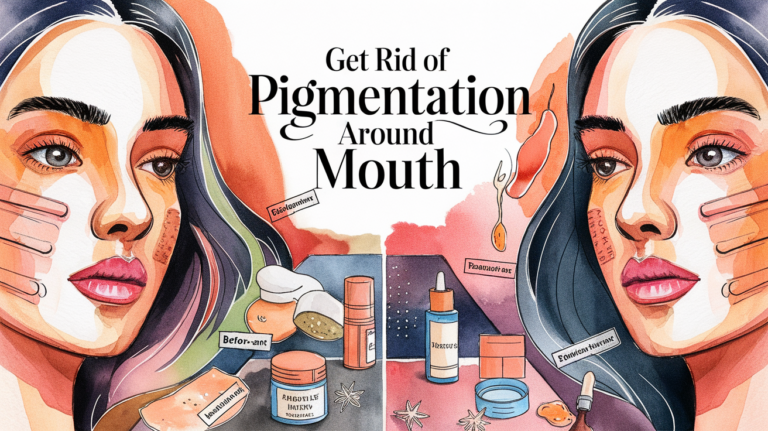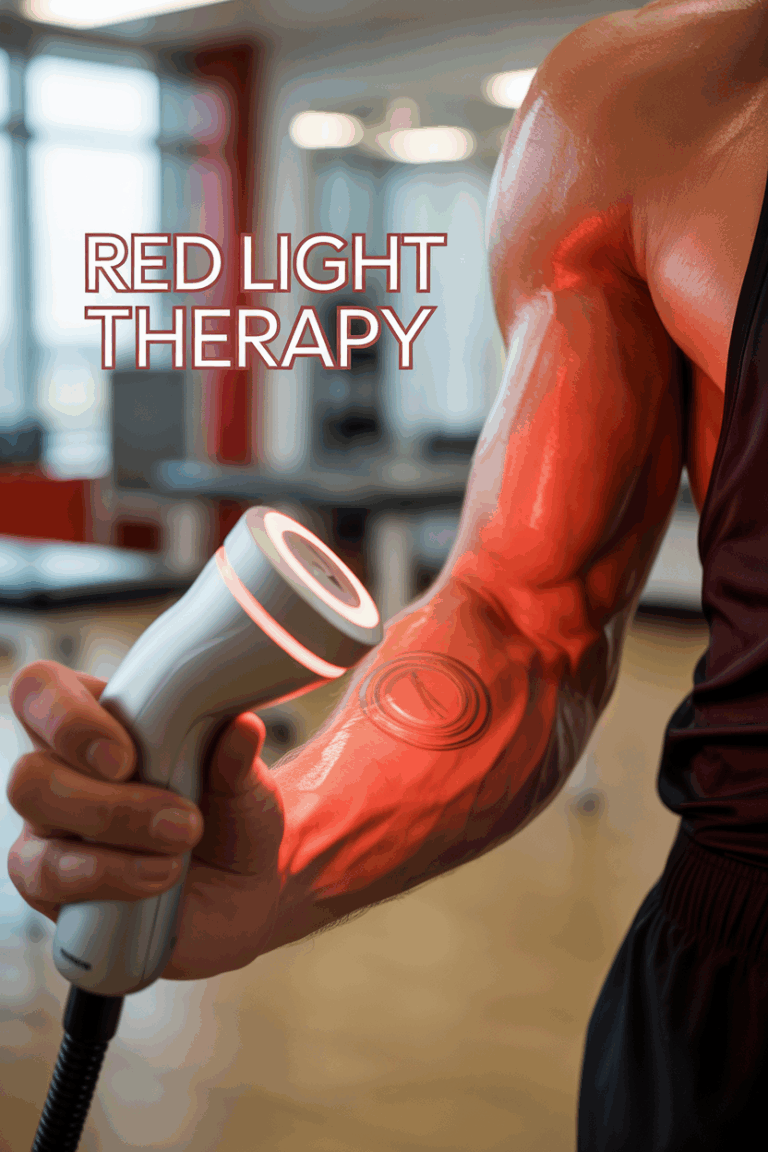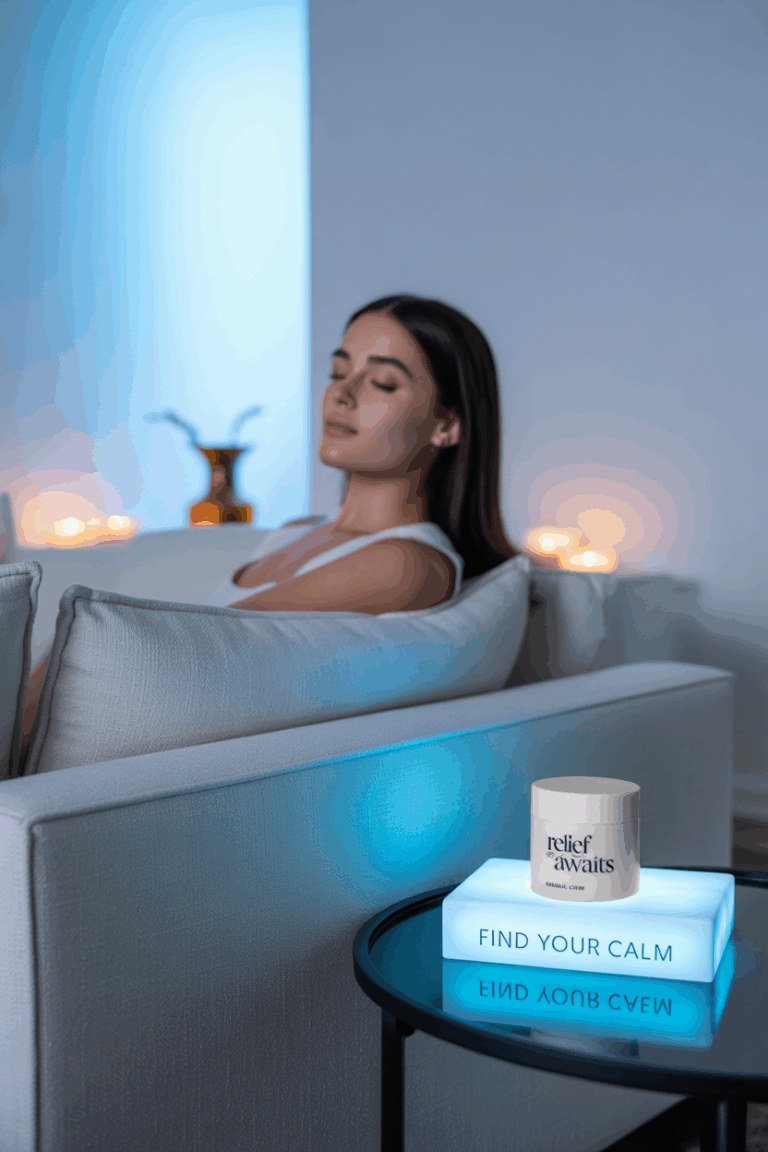How Often to Use Red Light Therapy for Hair Growth: Answer
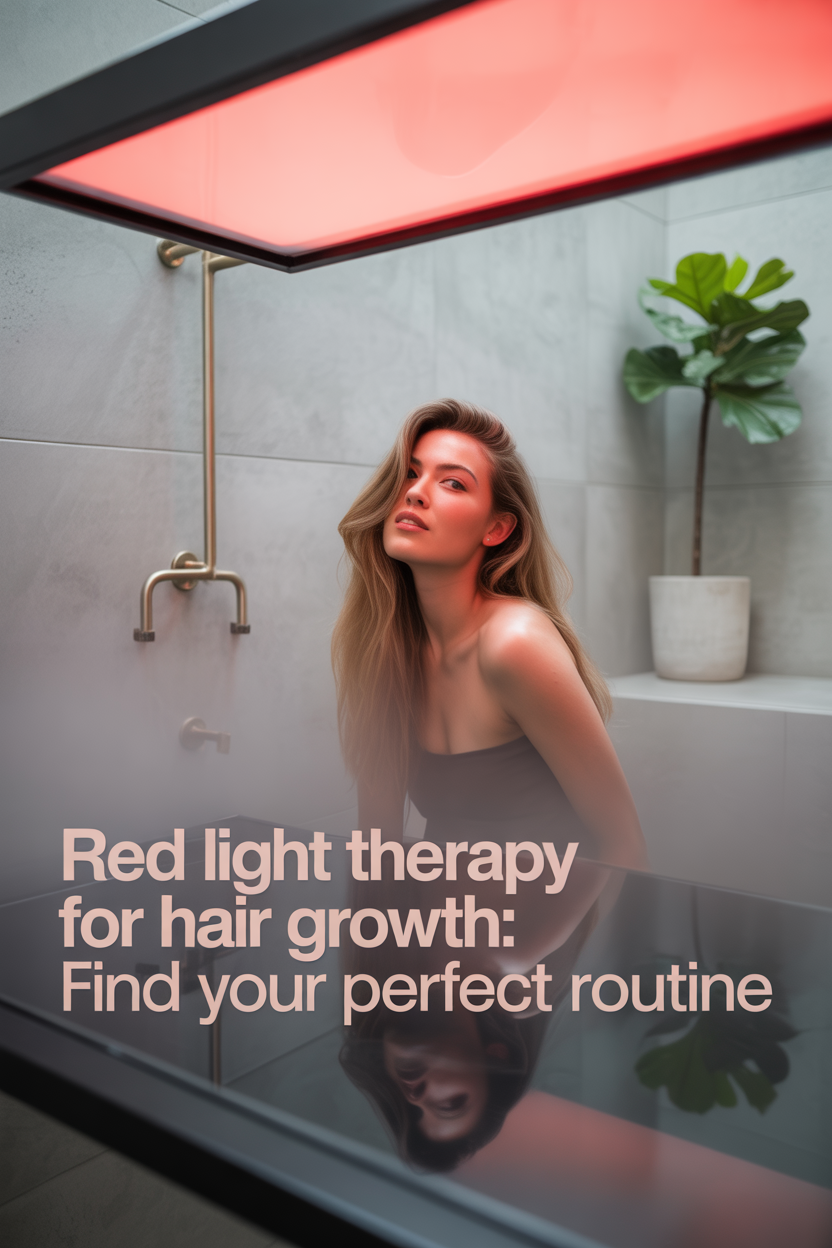
How Often Should You Use Red Light Therapy for Hair Growth?
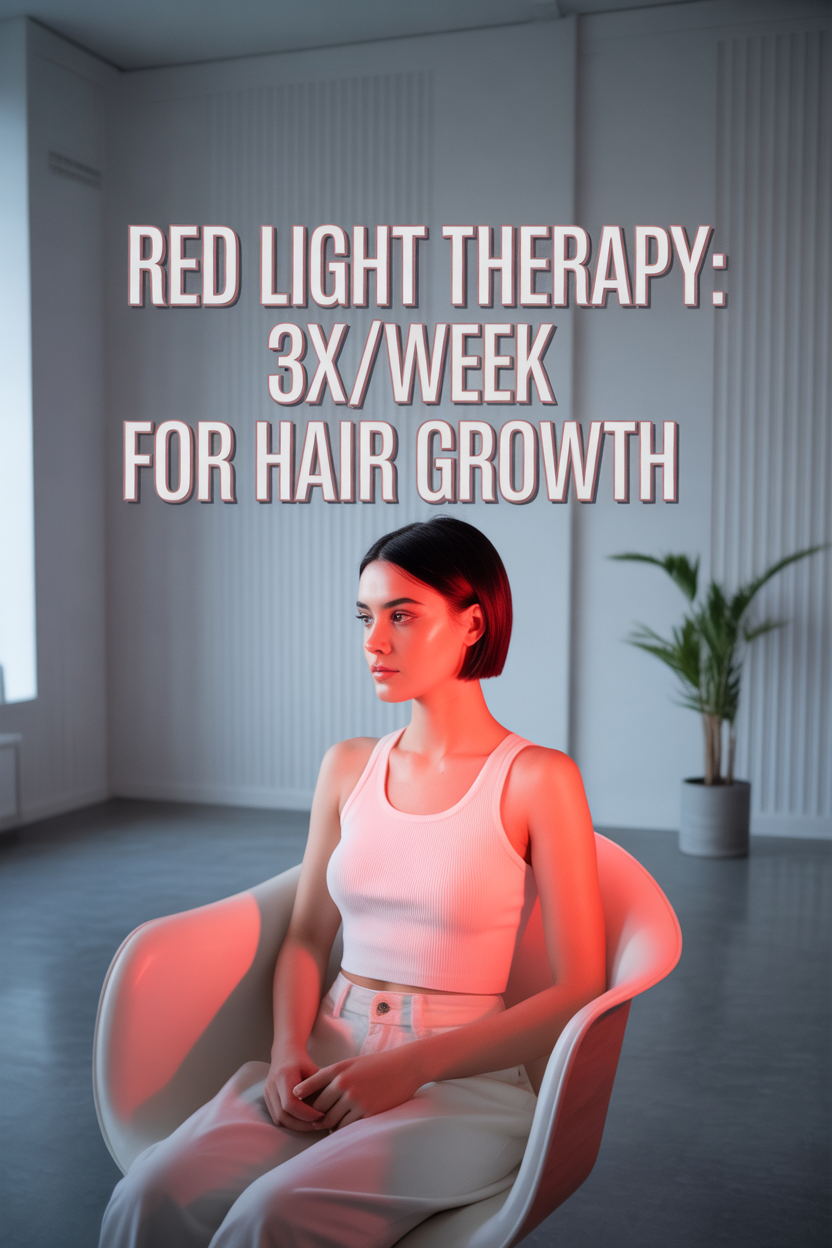
If you’re wondering about the best schedule for red light therapy, science has some clear answers. A 2021 review in The Journal of Clinical and Aesthetic Dermatology looked at several FDA-approved hair growth devices. Researchers studied seven high-quality trials involving caps, headbands, combs, and helmets.
A key finding was that all tested devices, no matter the style, helped increase hair density more than the placebo (fake) devices did. The analysis also showed that both LEDs and lasers were equally good at stimulating hair growth.
The study confirmed that these devices help both men and women with pattern hair loss, also known as androgenetic alopecia. For most FDA-approved red light therapy hair growth devices, the general guideline is to use them three times per week.
However, the time you spend per session can be very different, from a quick 90 seconds to a more relaxed 20 minutes. It is very important to follow the specific instructions that come with your device.
Many experts suggest starting with three to four sessions weekly. Once you see results, you can often reduce this to two or three sessions for maintenance. Remember, research highlights that results depend on long-term, consistent use and will fade if you stop the therapy.
Does More Power Mean a Shorter Treatment Time?
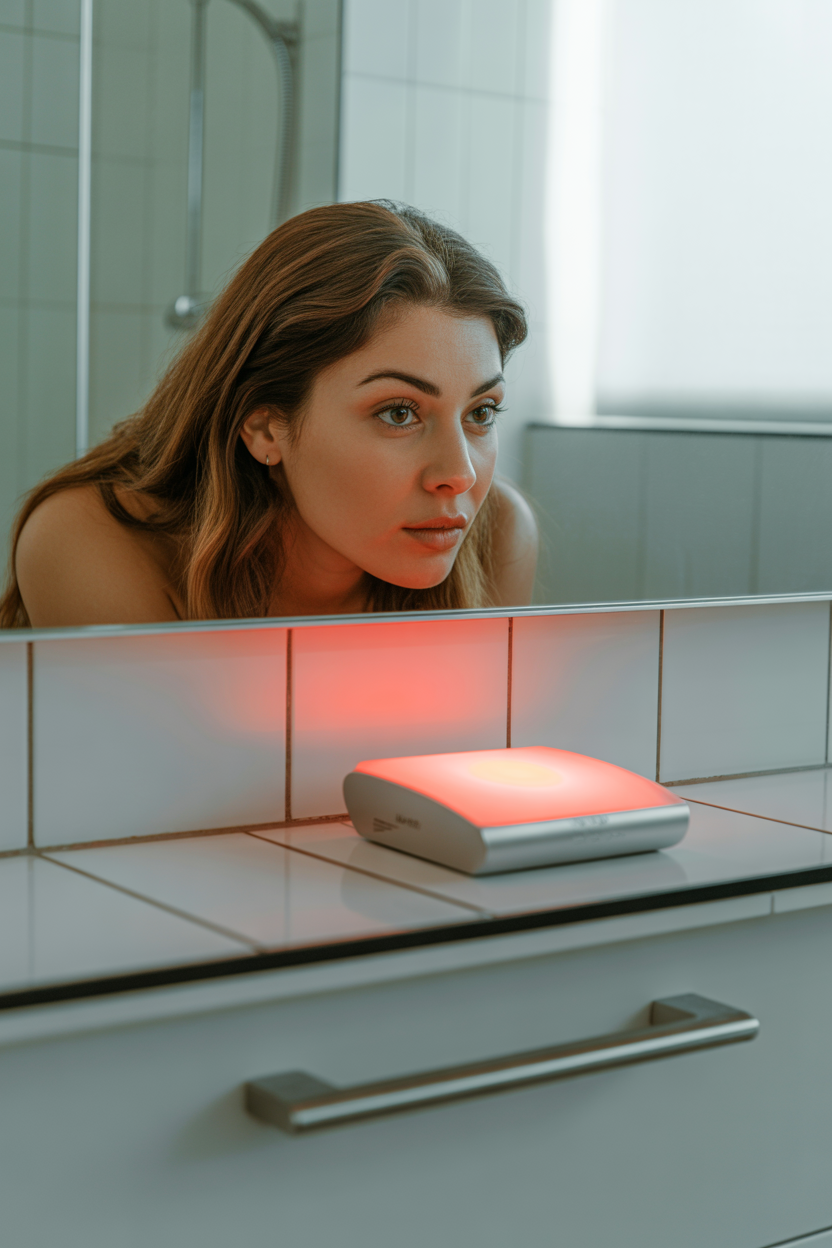
All of the studies had people use the devices exactly as the manufacturer directed. This is helpful information when you’re choosing a red light therapy device for yourself.
You might think there’s a simple link between the device’s power (number of lights) and how long you use it (more power, less time). However, that isn’t always true with these FDA-approved hair growth devices.
While many devices require 20-30 minute sessions, some, like certain HairMax models, need much less time without having a huge number of extra lights. When asked about this, a HairMax representative said the right schedule can depend on a person’s individual goals.
This shows that the number of lights isn’t the only thing that matters. The design of the device and other factors affect the recommended schedule. To help you understand the time you’ll need to set aside, look at the schedules for each device type below.
What Are the Treatment Schedules for Sports Caps?
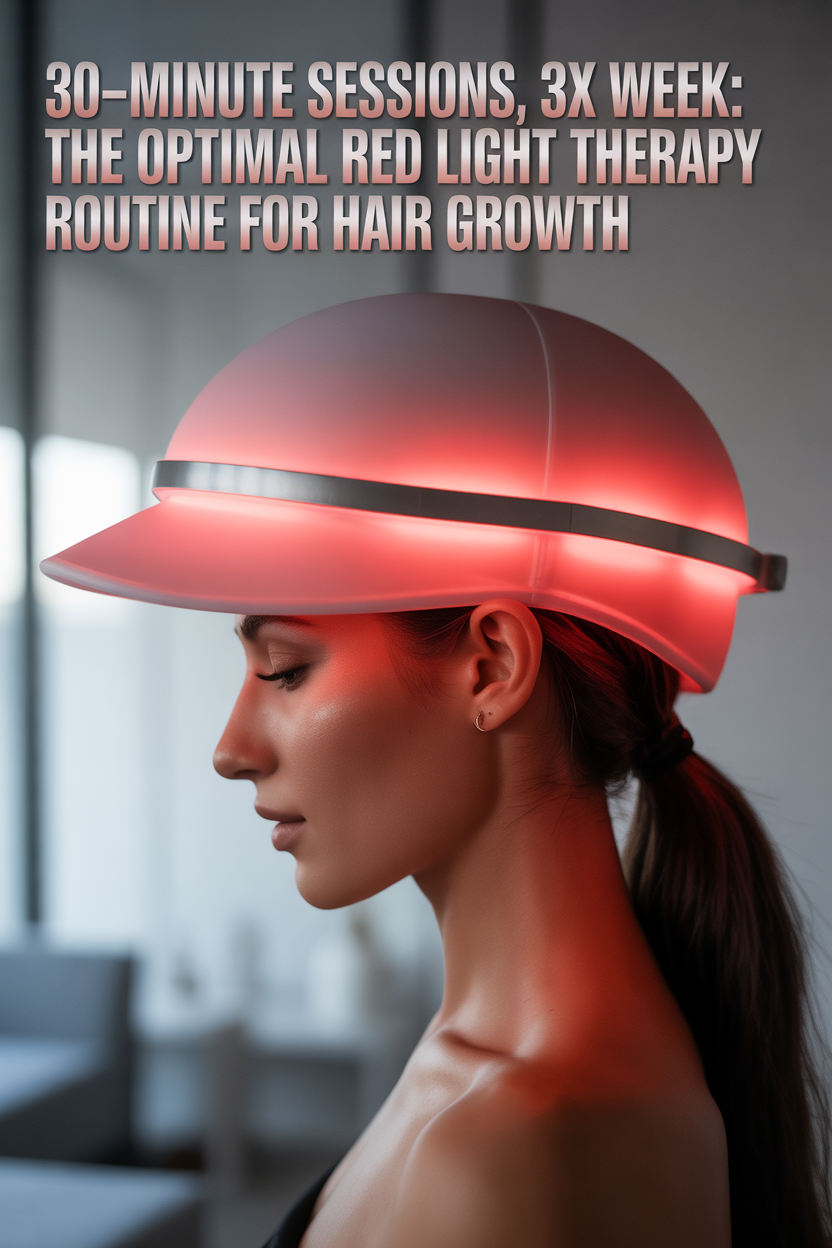
Sports caps are the most popular style of red light therapy device for hair growth. These look just like a baseball cap, making them lightweight and easy to use hands-free during your treatment.
| Sports Cap Hair Growth Devices | Protocol |
|---|---|
| Capillus 82 Ultra | 30 minutes 3-4x week |
| Capillus 202 Plus | 30 minutes 3-4x week |
| Capillus 272 Pro | 30 minutes 3-4x week |
| HairMax ReGrow 272 | 30 minutes 3x week |
| LaserCap LCPRO | 36 minutes every other day |
| LaserCap SD | 30 minutes every other day |
| LaserCap HD | 30 minutes every other day |
| LaserCap HD+ | 30 minutes every other day |
| Illumiflow 148 | 30 minutes every other day |
| Illumiflow 272 | 30 minutes every other day |
| Grivamax 148 | 30 minutes every other day |
| Grivamax 272 | 30 minutes every other day |
| Revian Red | 10 minutes every other day |
| Dermascalp 148 | 30 minutes 3x week |
| Dermascalp 272 | 30 minutes 3x week |
| Bosley Revitalizer 164 | 30 minutes every other day |
| Bosley Revitalizer 272 | 30 minutes every other day |
| Kiierr 148 | 30 minutes every other day |
| Kiierr 272 | 30 minutes every other day |
As you can see, most sports caps need 30-minute sessions three times a week or every other day. The Revian Red is a notable exception, with a much shorter 10-minute treatment time.
What About the Protocols for Combs and Headbands?
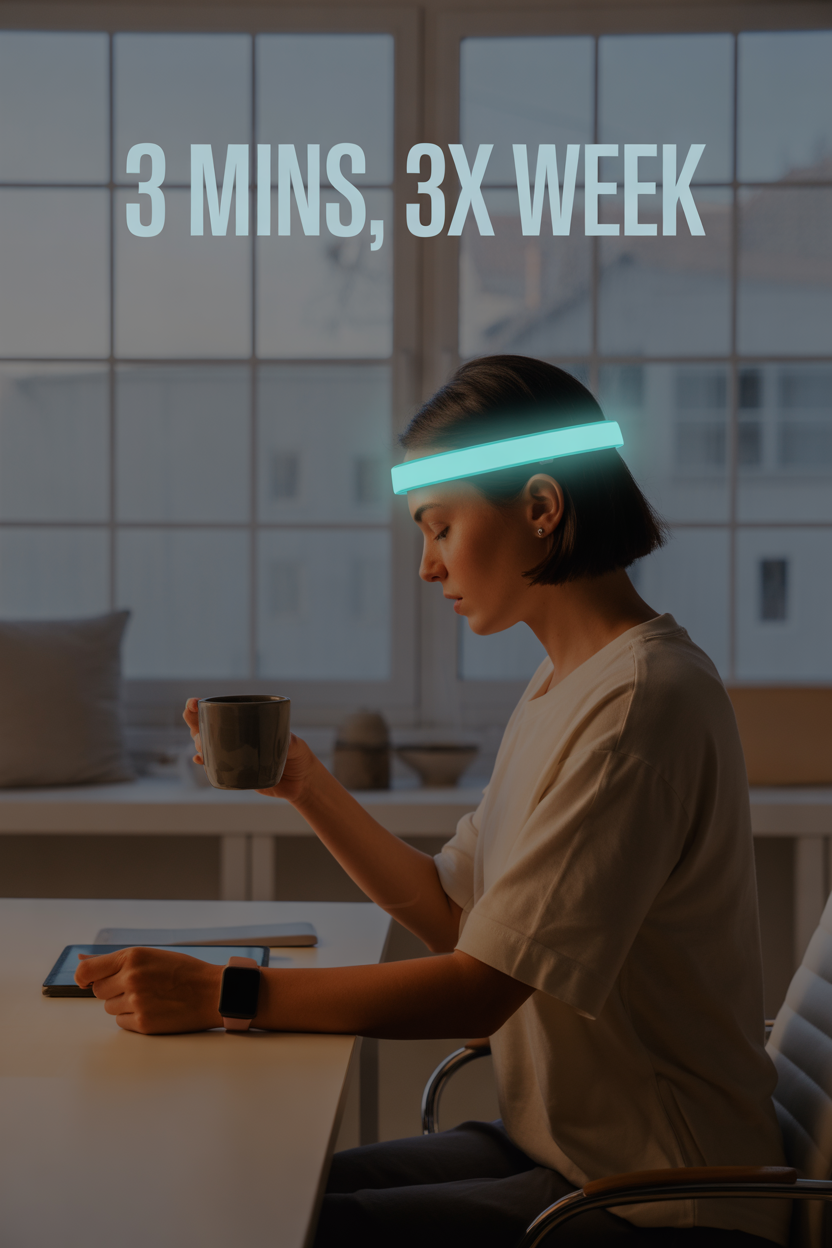
Comb-style devices need you to be more involved, as you have to move the device across your scalp. This hands-on method helps make sure you get even coverage but requires your full attention during the session.
| Comb Hair Growth Devices | Protocol |
|---|---|
| HairMax LaserComb 7 | 15 minutes 3x a week |
| HairMax LaserComb 9 | 11 minutes 3x a week |
| HairMax LaserComb 12 | 8 minutes 3x a week |
| Nutrastim Laser Hair Comb | 8 minutes 3x a week |
Headband devices are a nice middle-ground between combs and caps. They treat specific areas while still being hands-free.
| Headband Hair Growth Devices | Protocol |
|---|---|
| HairMax LaserBand 41 | 3 minutes 3x week |
| HairMax LaserBand 82 | 90 seconds 3x week |
The HairMax headbands offer the quickest treatment times of any device type. Needing only 90 seconds per session, the LaserBand 82 is the most time-friendly option available.
How Are Red Light Helmet Schedules Different?
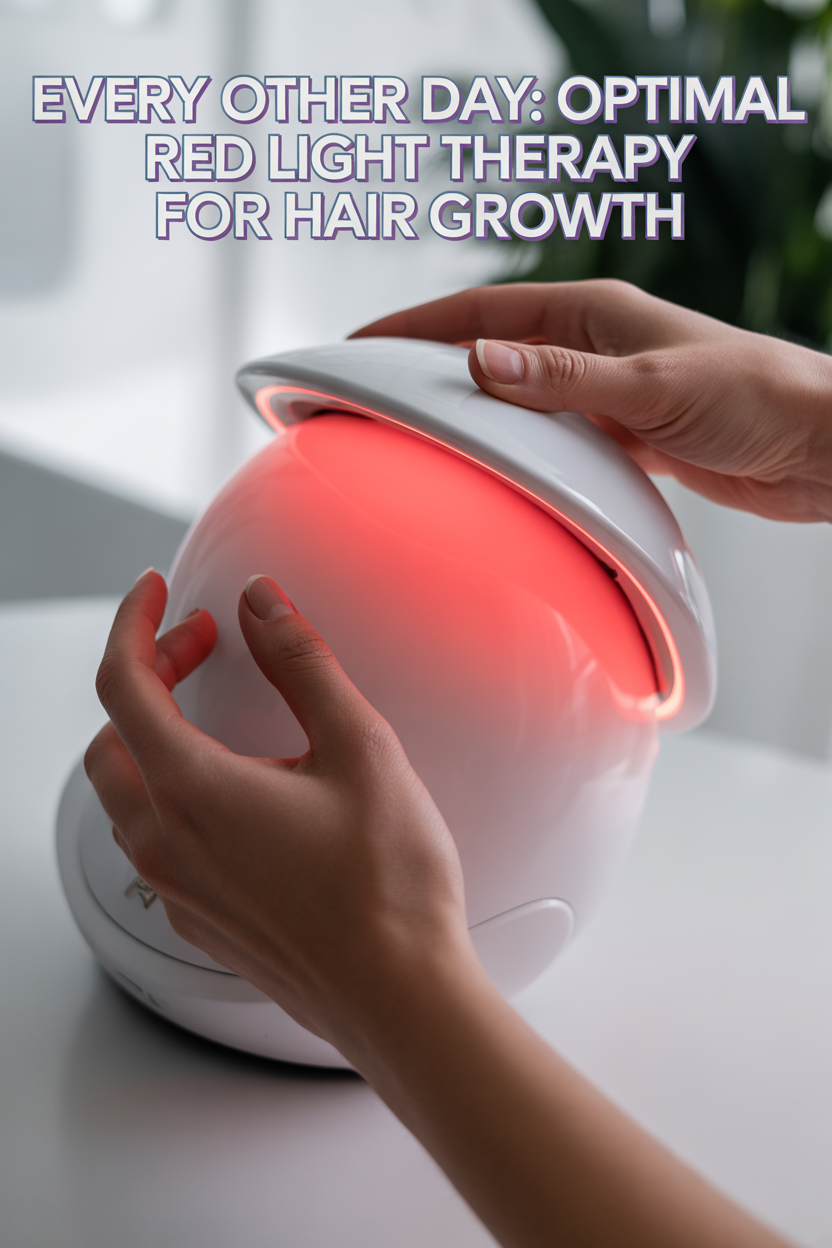
Helmet-style devices are designed to cover your entire scalp and often use a mix of light technologies. They are a great choice for people who want maximum coverage and don’t mind a slightly longer session.
| Helmet Hair Growth Devices | Protocol |
|---|---|
| Apira iGrow | 25 minutes every other day |
| Freedom Laser Therapy iRestore Essential | 25 minutes every other day |
| Freedom Laser Therapy iRestore Professional | 25 minutes every other day |
| Theradome LH 40 EVO | 20 minutes 4x a week |
| Theradome LH 80 EVO | 20 minutes 2x week |
| iHelmet 200 | 30 minutes every other day |
Most helmets require 20-30 minute sessions, just like sports caps. The Theradome LH 80 EVO offers the most flexible schedule, needing only two sessions per week.
Lasers vs. LEDs: What’s Inside These Hair Growth Devices?
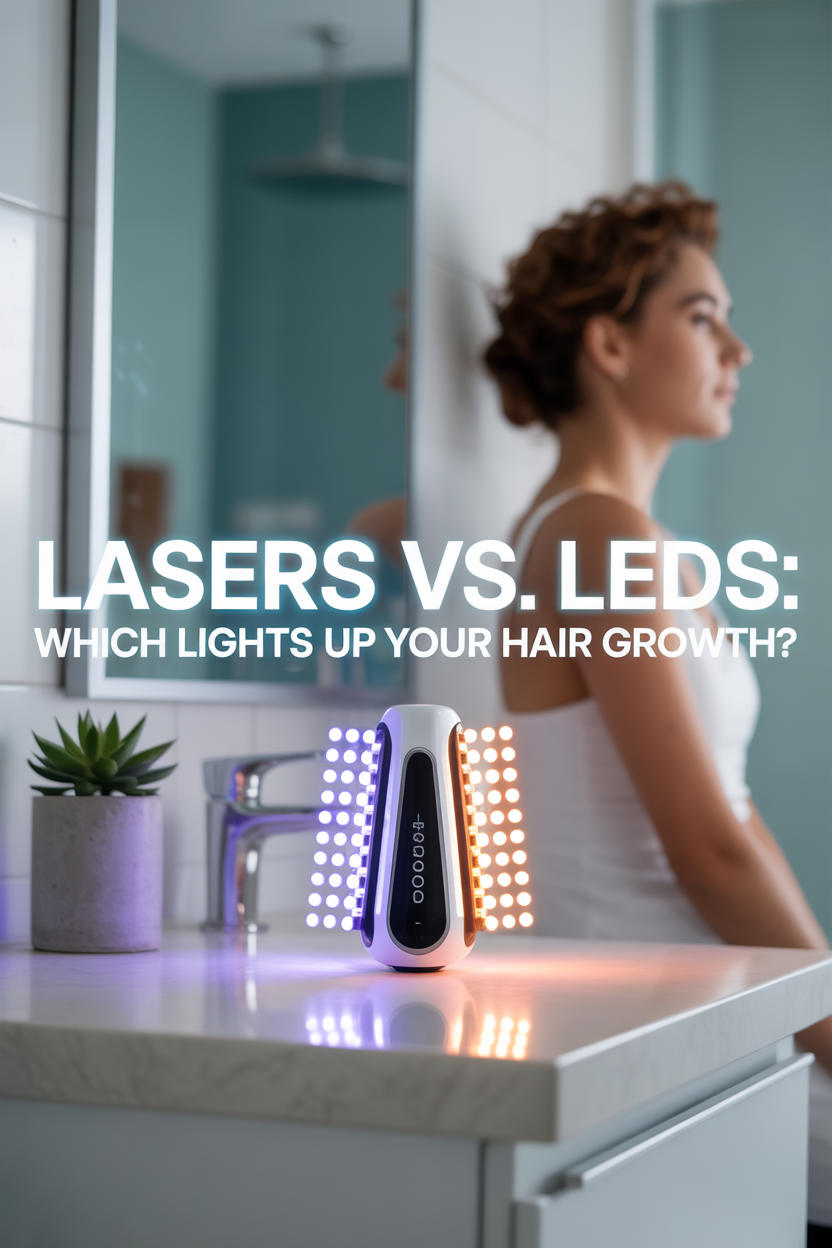
Studies show that different kinds of light—including lasers, LEDs, and even combinations of red and infrared light—all successfully regrow hair. The secret is using a proven wavelength of light at the right dose.
Most FDA-approved sports caps only use laser diodes, usually at a 650 nm or 655 nm wavelength. These focused laser beams deliver precise energy straight to the hair follicles. The Revian Red is the only sports cap on this list that uses LED technology instead of lasers.
| Sports Cap Hair Growth Devices | Lights and Wavelengths |
|---|---|
| Capillus 82 Ultra | 82 laser diodes, 650 nm red |
| Capillus 202 Plus | 202 laser diodes, 650 nm red |
| Capillus 272 Pro | 272 lasers diodes, 650 nm red |
| HairMax ReGrow 272 | 272 laser diodes, 655 nm red |
| LaserCap LCPRO | 224 laser diodes, 650 nm red |
| LaserCap SD | 80 laser diodes, 650 nm |
| LaserCap HD | 224 laser diodes, 650 nm |
| LaserCap HD+ | 304 laser diodes, 650 nm |
| Illumiflow 148 | 148 laser diodes, 650 nm |
| Illumiflow 272 | 272 laser diodes, 650 nm |
| Grivamax 148 | 148 laser diodes, 650 nm |
| Grivamax 272 | 272 laser diodes, 650 nm |
| Revian Red | 119 light emitting diodes, 620-660 nm |
| Dermascalp 148 | 148 laser diodes, 650 nm |
| Dermascalp 272 | 272 laser diodes, 650 nm |
| Bosley Revitalizer 164 | 164 laser diodes, 650 nm |
| Bosley Revitalizer 272 | 272 laser diodes, 650 nm |
| Kiierr 148 | 148 laser diodes, 650 nm |
| Kiierr 272 | 272 laser diodes, 650 nm |
Comb and headband devices also rely on laser technology. HairMax devices, for example, consistently use a 655 nm wavelength that has been proven effective in multiple studies.
| Comb & Headband Devices | Lights and Wavelengths |
|---|---|
| HairMax LaserComb 7 | 7 laser diodes, 655 nm red |
| HairMax LaserComb 9 | 9 laser diodes, 655 nm red |
| HairMax LaserComb 12 | 12 laser diodes, 655 nm red |
| Nutrastim Laser Hair Comb | 12 laser diodes, 655 nm |
| HairMax LaserBand 41 | 41 laser diodes, 655 nm red |
| HairMax LaserBand 82 | 82 laser diodes, 655 nm red |
Helmet devices often feature more advanced light combinations, mixing lasers and LEDs to increase coverage and effectiveness. For instance, iRestore devices combine both lasers and LEDs at the same wavelength. Meanwhile, Theradome devices use a slightly different but still effective wavelength of 678 nm.
| Helmet Hair Growth Devices | Lights and Wavelengths |
|---|---|
| Apira iGrow | 21 laser diodes, 655 nm 30 light-emitting diodes, 655 nm red |
| Freedom Laser Therapy iRestore Essential | 82 laser diodes, 655 nm 200 light-emitting diodes, 655 nm red |
| Freedom Laser Therapy iRestore Professional | 82 laser diodes, 655 nm 200 light emitting diodes, 655 nm red |
| Theradome LH 40 EVO | 40 laser diodes, 678 nm |
| Theradome LH 80 EVO | 80 laser diodes, 678 nm |
| iHelmet 200 | 200 laser diodes, 650 nm |
When Can You Realistically Expect to See Results?
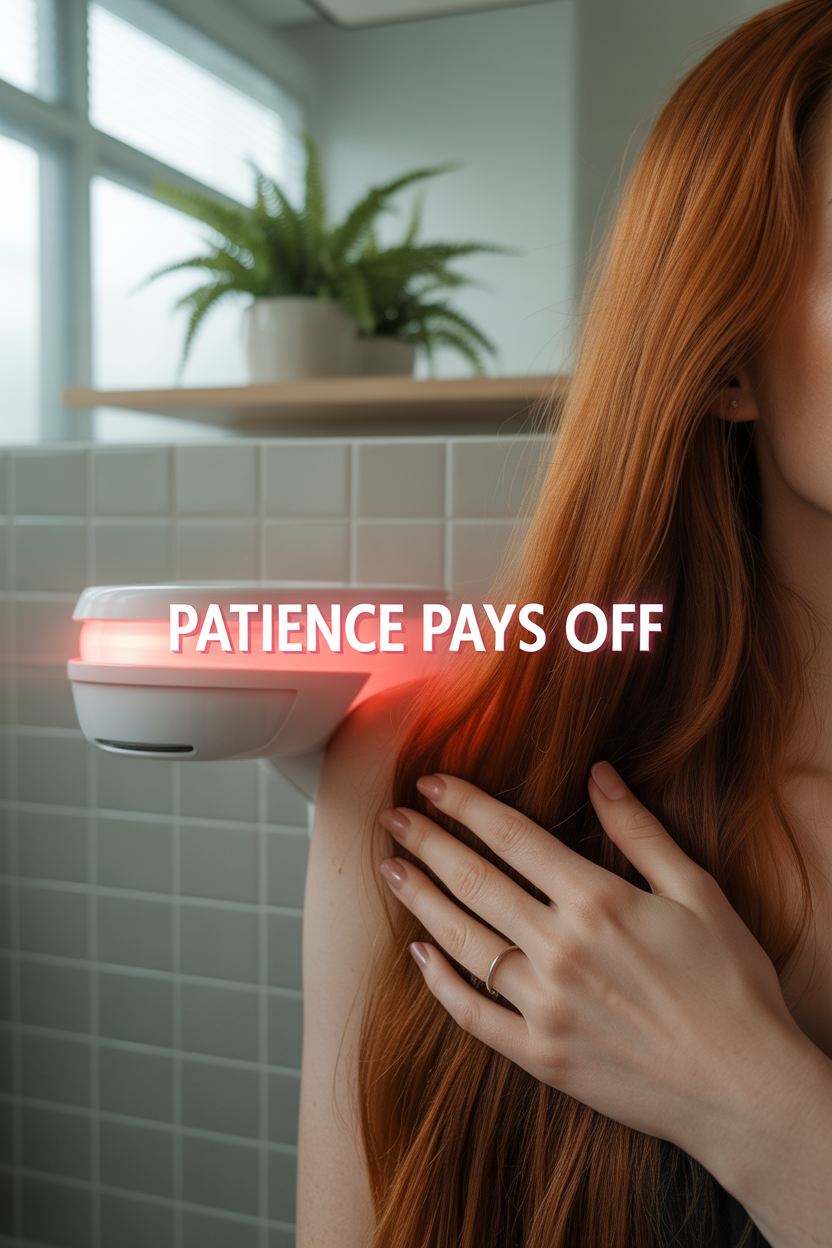
While some studies report seeing improvements early on, it is much more realistic to expect noticeable results after four to six months. When it comes to red light therapy, consistency is the most important factor for success.
Hair density is how we measure the number of hair strands in a specific area. Studies show that these devices led to significant gains in hair density. The data showed regrowth as high as 93.5% in some studies.
What’s important is that it didn’t matter which specific device people used. The key was using a proven device consistently. Tiny, initial changes might appear in 4-5 weeks, but the best results can take up to 40 weeks to appear.
A large 2021 study looked at an FDA-approved helmet used by 1,383 people. It found that 80% of them experienced hair growth, with the biggest changes happening between 38 and 40 weeks. The study’s authors recommend that people with mild hair loss aim for at least 133 sessions over 38 weeks. This highlights the need for a long-term, consistent routine.
Other studies have shown quicker results. For instance, most clinical experts and device manufacturers suggest waiting at least 16 to 26 weeks for substantial hair regrowth. The natural hair growth cycle takes time, and red light therapy works by gently waking up dormant follicles.
How Does Red Light Therapy Encourage Hair Growth?
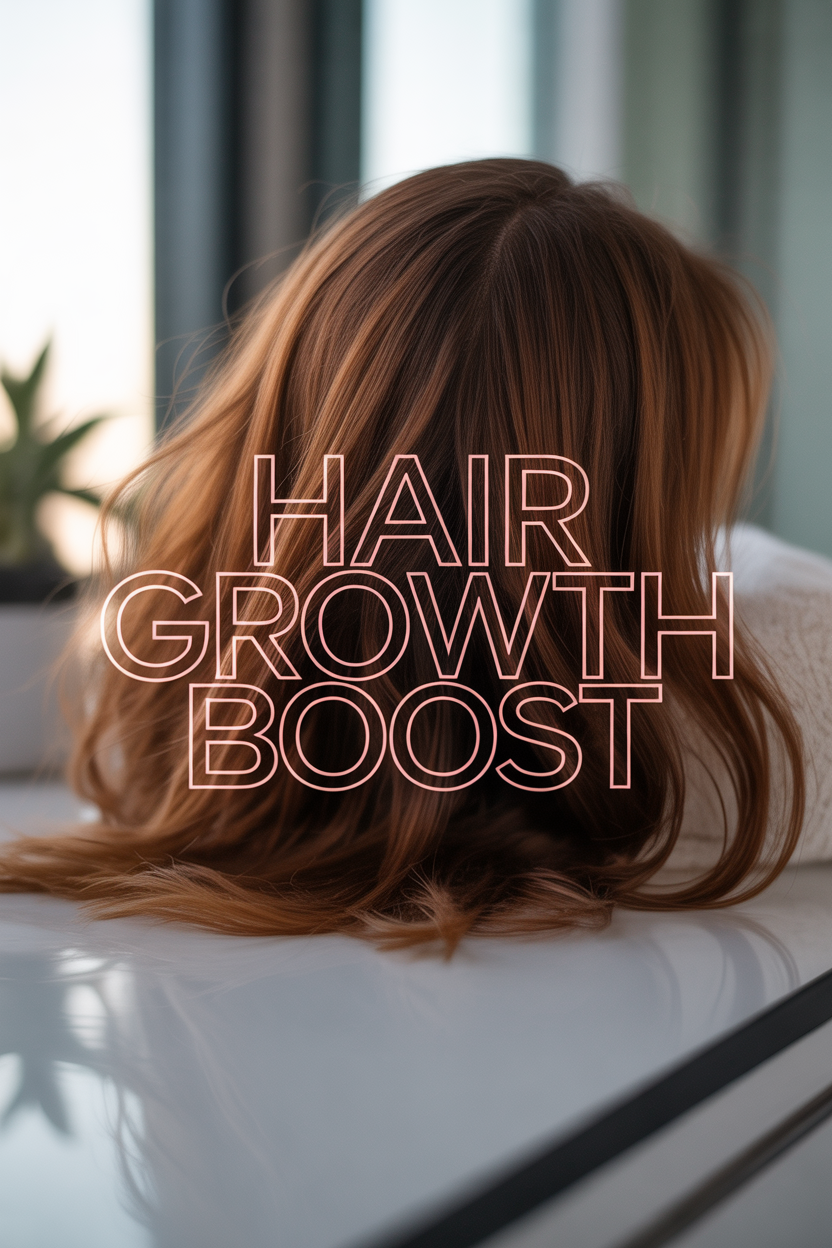
Although scientists are still learning the exact ways red light helps hair grow, they have several strong ideas. Red light therapy improves blood flow, which is key to waking up dormant hair follicles.
The light energy helps release a molecule called nitric oxide from blood vessels. Nitric oxide helps widen the vessels, allowing more blood, oxygen, and nutrients to reach the hair follicles. This extra supply helps “wake up” the follicles so they can enter a new growth phase.
This process also gives your cells more energy. The light allows your cells’ powerhouses, called mitochondria, to work better. They produce more ATP, which is the body’s main energy source. By boosting ATP, red light therapy gives hair follicles more energy to do their job: growing hair.
Finally, red light therapy boosts growth factors—proteins that tell cells to multiply and heal. For example, one study found it helps wounds heal faster by promoting certain growth factors. Since the hair growth cycle also depends on these signals, stimulating them on the scalp may be a big reason why red light therapy is so effective.
What Wavelengths of Light Are Best for Hair Growth?
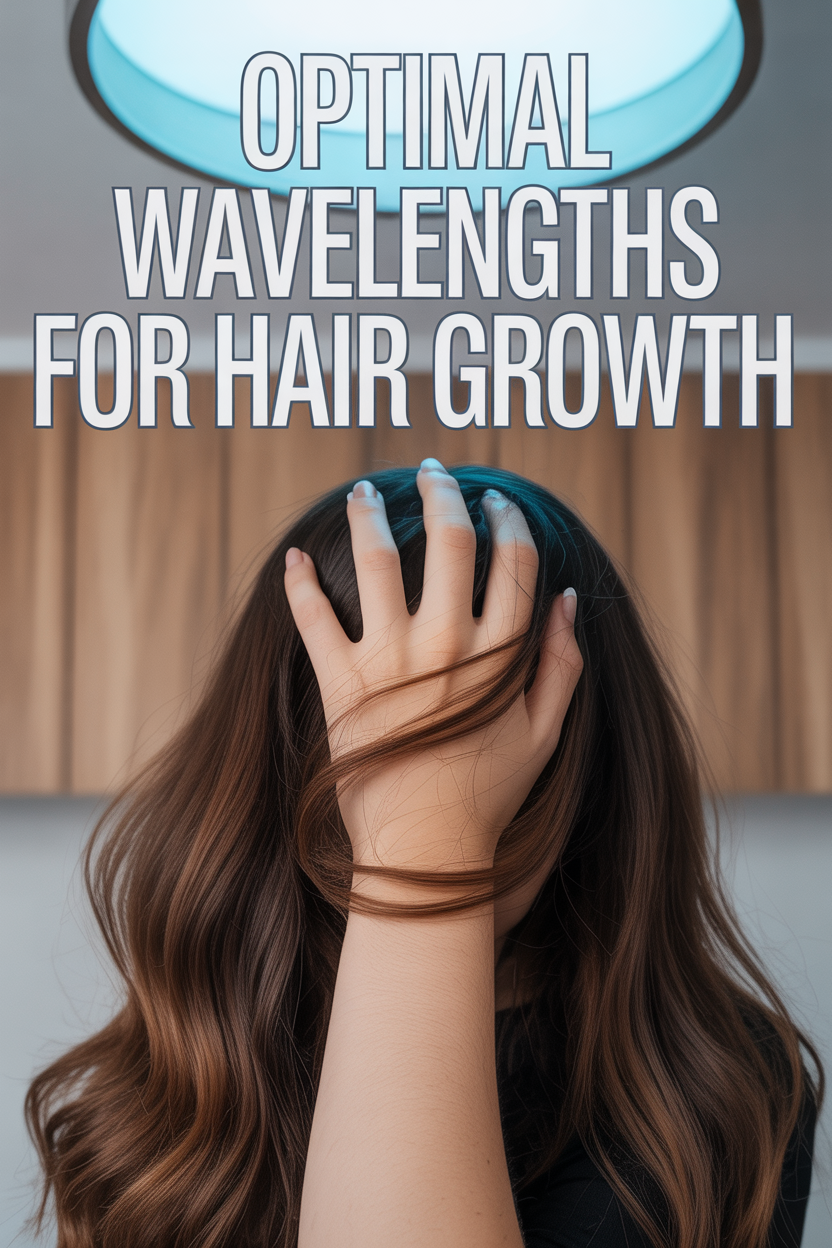
Scientists have found that red, infrared, blue, and even ultraviolet light can all stimulate hair growth. However, almost all of the research and FDA-approved devices use red and near-infrared light, which have the most proof behind them.
A 2022 review of 36 studies found that red and near-infrared light are very effective for treating pattern baldness. While some studies have shown that UV and infrared light may help with autoimmune hair loss (alopecia areata), it’s important to be careful with ultraviolet (UV) light. It is generally not recommended for home use because it can damage skin and has much less evidence supporting it for hair growth.
A 2012 study confirmed the benefits of red light by testing the HairMax LaserComb on mice. After only 20 seconds of 655 nm red light for 6 weeks, the treated mice had much greater hair density and thicker hair shafts compared to the group that received no light.
In another study, 25 men with pattern hair loss used red light therapy twice a week for ten weeks. They also saw significant increases in hair density, further supporting the power of this therapy.
Your Path to Thicker, Fuller Hair
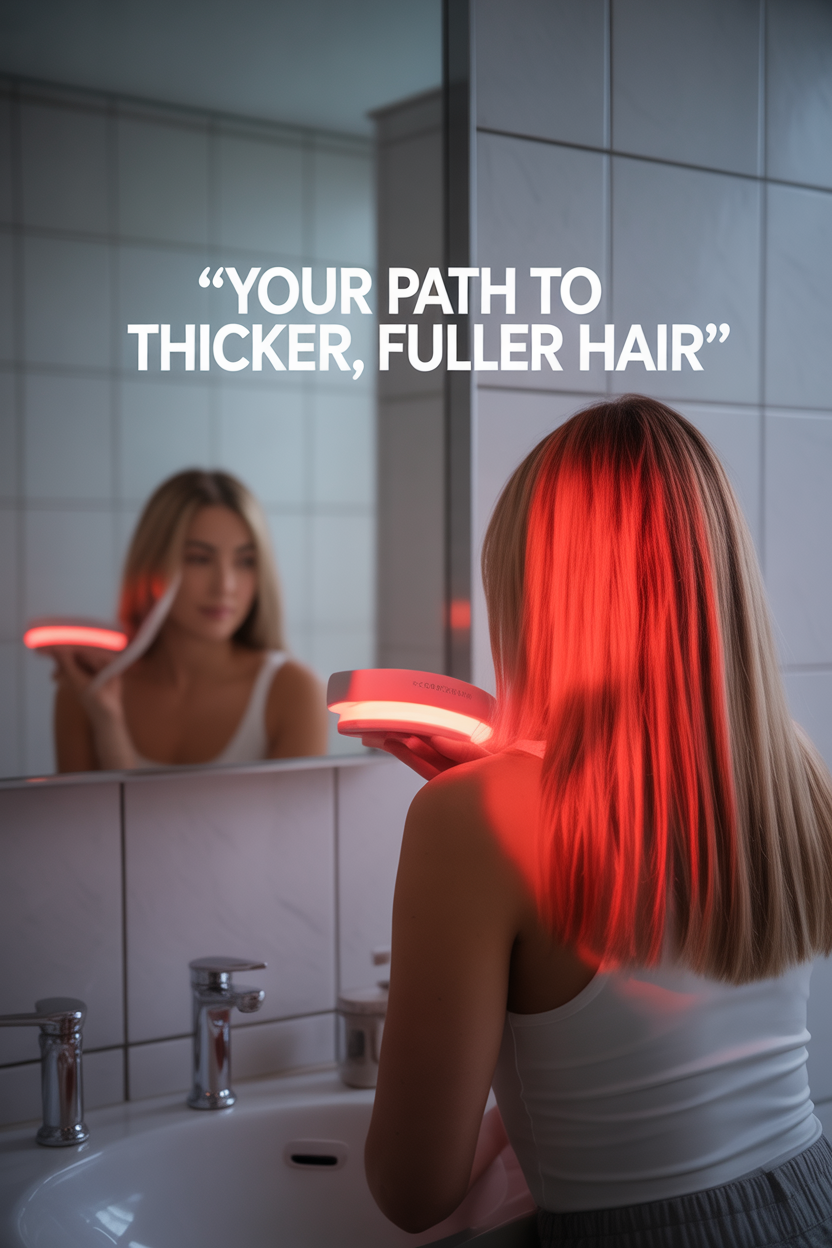
Red light therapy is a safe, effective, and non-invasive treatment for hair growth that you can do at home. FDA-approved devices are available in many forms, including headbands, helmets, sports caps, and combs.
While most devices need 20 to 30-minute sessions, a few offer very quick treatment times. Backed by many studies, red light therapy works by reactivating hair follicles that have stopped growing.
Unlike some other treatments, it has no known side effects. The key to seeing great results is choosing a trusted, FDA-cleared device and using it consistently. With a little patience and a regular routine, you can be on your way to healthier, fuller hair.
If you’re ready to take the next step, make sure you read our deep dive into one of the most studied brands on the market: Does HairMax Really Work? 13 Studies Say “YES”
References
- [1] Keskiner I, Lutfioğlu M, et al. Effect of Photobiomodulation on Transforming Growth Factor-β1, Platelet-Derived Growth Factor-BB, and Interleukin-8 Release in Palatal Wounds After Free Gingival Graft Harvesting. Photomed Laser Surg. 2016 Jun;34(6):263-71. doi: 10.1089/pho.2016.4094.
- [2] Lin WH, Xiang LJ, et al. Fibroblast growth factors stimulate hair growth through β-catenin and Shh expression in C57BL/6 mice. Biomed Res Int. 2015;2015:730139. doi: 10.1155/2015/730139.
- [3] Lodi G, Sannino M, et al. Blue light-emitting diodes in hair regrowth: the first prospective study. Lasers Med Sci. 2021 Oct;36(8):1719-1723. doi: 10.1007/s10103-021-03327-9.
- [4] Wikramanayake TC, Rodriguez R, et al. Effects of the Lexington LaserComb on hair regrowth in the C3H/HeJ mouse model of alopecia areata. Lasers Med Sci. 2012 Mar;27(2):431-6. doi: 10.1007/s10103-011-0953-7.
- [5] Pillai JK, Mysore V. Role of Low-Level Light Therapy (LLLT) in Androgenetic Alopecia. J Cutan Aesthet Surg. 2021 Oct-Dec;14(4):385-391. doi: 10.4103/JCAS.JCAS_218_20.
- Adil, A., & Godwin, M. (2017). The effectiveness of treatments for androgenetic alopecia: A systematic review and meta-analysis. Journal of the American Academy of Dermatology, 77(1), 136–141.e5. https://pmc.ncbi.nlm.nih.gov/articles/PMC5215870/
- Gupta, A. K., & Bamimore, M. A. (2023). Efficacy of Adjunctive Low-Level Laser Therapy for the Treatment of Androgenetic Alopecia: A Systematic Review and Meta-analysis. Dermatologic Surgery, 49(12), 1122-1126. https://pmc.ncbi.nlm.nih.gov/articles/PMC10564188/
- International Society of Hair Restoration Surgery (ISHRS). Low-Level Laser Therapy (LLLT) for Treatment of Male and Female Pattern Hair Loss. https://ishrs.org/low-level-laser-therapy-lllt-for-treatment-of-male-and-female-pattern-hair-loss/
- Suchonwanit, P., Chalermrattanakul, S., & Chan, J. Y. (2021). Efficacy and safety of low-level laser therapy for androgenetic alopecia: a systematic review and meta-analysis. Lasers in Medical Science, 36(5), 979-990. https://pmc.ncbi.nlm.nih.gov/articles/PMC8577899/
- Dermeclinique. (n.d.). How Often To Use Red Light Therapy For Hair Growth. https://dermeclinique.org/blogs/how-often-to-use-red-light-therapy-for-hair-growth/


